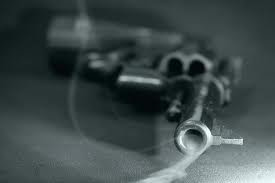Why Should I Go Home? from Chris Butler on Vimeo.
The purpose of amient music in film is to focus the audience and to create the desired atmosphere for their own piece which they can't necesarrly create using other features of production. It's mainly used in music production, esspecially classical\orchestral. If the piece is intended to be portrayed with a sad atmsosphere, the musician will play it in a 'Minor' key, if the piece of music is intended to create a happy, lively and quick tempo mood, the musician will play it in a major key. The hallmark that distinguishes major keys from minor is whether the third scale degree is major or minor. If the piece of ambient music fails to fit with the mood, the audience can be left either confused or uninterested, especially if the music contrasts with major and minor.
A example of how ambience can create a dark atmosphere:
dark impressionists: the route from mizhenskiy on Vimeo.
A relaxed, calm content atmoshere:
Ambience from Thomas Lie Larsen on Vimeo.

































